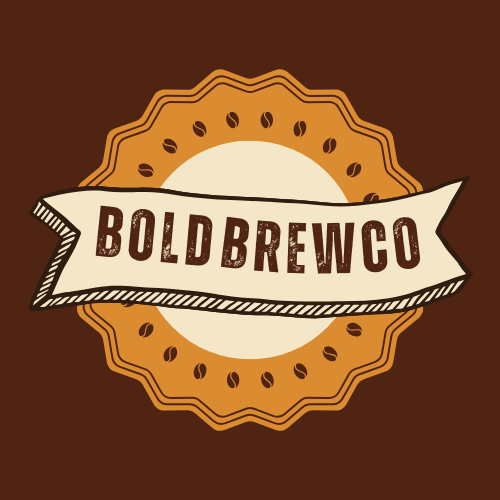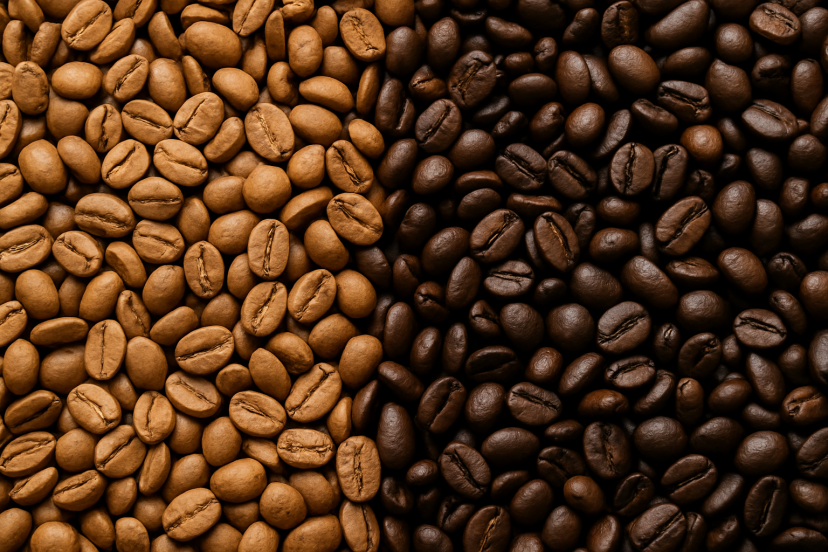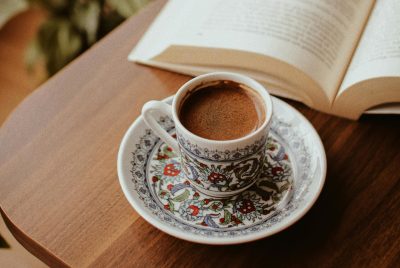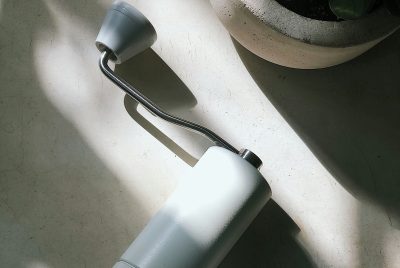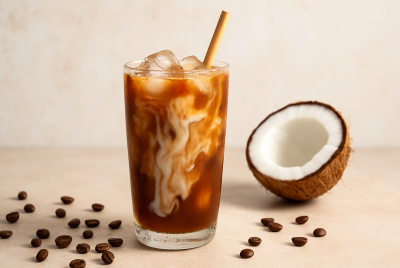Light Roast vs. Dark Roast Coffee: Which One To Pick?
We may earn a commission for purchases made using our links. Please see our disclosure to learn more.
Choosing between light roast vs. dark roast coffee can feel like standing at a crossroads every morning. Many coffee drinkers ask the same question: should I sip on the bright, acidic notes of a light roast, or enjoy the smoky, bold depth of a dark roast? The confusion often leads to settling for the same old cup, missing out on coffee’s vast flavor spectrum. Here’s the good news: once you understand the differences in taste, caffeine, and even health benefits, you’ll never feel uncertain again—you’ll know exactly which roast suits your mood, your brewing method, and your lifestyle.
What Defines Light Roast Coffee?
Flavor Profile
Light roast coffee is roasted for a shorter time, stopping before the beans turn dark and oily. This preserves the natural flavors of the bean itself. Coffee experts often describe it as fruity, floral, and complex. A light roast from Ethiopia might taste citrusy and tea-like, while beans from Colombia lean toward nutty or chocolatey notes.
If you enjoy coffee that highlights where it comes from rather than how it’s roasted, light roast is your friend. Think of it as a way to “taste the origin.”
Caffeine Levels
One of the biggest myths in coffee is that dark roast is “stronger.” Surprisingly, light roast tends to hold on to a bit more caffeine than dark roast. That’s because the roasting process burns off small amounts of caffeine over time. While the difference isn’t dramatic, if you’re looking for a morning pick-me-up, a light roast could give you a gentle edge.
Brewing Best Practices
Light roast shines in brewing methods that emphasize clarity and flavor layers:
- Pour-over (Chemex or V60): highlights fruity and floral notes.
- Aeropress: allows flexibility to extract brighter flavors.
- Drip machine: produces a clean, balanced cup.
If you want to savor every delicate flavor, light roast and pour-over are a perfect match.
What Defines Dark Roast Coffee?
Flavor Profile
Dark roast coffee beans are roasted longer, often until they become glossy with oil. The extended roasting creates flavors described as bold, smoky, chocolaty, or even slightly burnt. Instead of tasting the bean’s origin, you’re tasting the roast itself.
This is why dark roast is often called “classic coffee flavor”—it’s strong, rich, and unmistakable.
Caffeine Levels
Because dark roasts are roasted longer, they lose a small amount of caffeine. However, the difference per cup is so minimal that most people won’t notice it. What makes dark roast feel stronger is its intense flavor, not the caffeine.
Brewing Best Practices
Dark roast performs best in brewing methods that highlight its boldness:
- Espresso machine: delivers a thick, rich shot.
- French press: creates a deep, full-bodied cup.
- Cold brew: mellows the bitterness while keeping richness intact.
If you love a bold, wake-you-up kind of coffee, dark roast is the winner.
Key Differences Between Light Roast and Dark Roast
Taste and Aroma
- Light roast: Bright, fruity, floral, sometimes tea-like.
- Dark roast: Bold, smoky, chocolaty, rich.
Acidity and Bitterness
- Light roast: Higher acidity, more vibrant.
- Dark roast: Lower acidity, often more bitter.
Nutritional Aspects
Both contain antioxidants, but the roasting process affects their levels. Some compounds are more abundant in light roasts, while others develop more strongly in dark roasts.
Best For…
- Light roast: Curious tasters, flavor explorers, people who enjoy nuance.
- Dark roast: Traditional coffee lovers, espresso fans, those who prefer intensity.
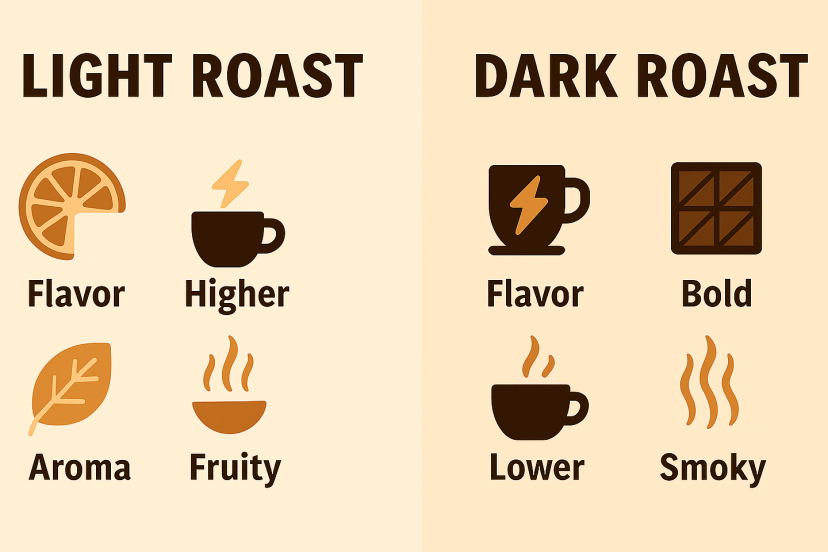
Health Benefits Backed by Science
Coffee isn’t just about taste—it’s a powerhouse of health benefits. Both roasts offer unique advantages, according to research:
- Light Roast Benefits: A study in the Journal of Medicinal Food found that light roast coffee preserved higher levels of antioxidants, especially chlorogenic acid, which helps fight inflammation and supports cardiovascular health. You can read more about the antioxidant benefits of light roast coffee.
- Dark Roast Benefits: Research published in Molecular Nutrition & Food Research revealed that dark roast coffee may reduce body weight and improve antioxidant levels in overweight volunteers. It also highlighted the presence of N-methylpyridinium (NMP), a compound that may protect the stomach lining and reduce acid reflux. Here’s the full study on dark roast coffee and metabolic health benefits.
In short: if you’re chasing antioxidants, light roast has the edge. If you want potential metabolic benefits, dark roast might be your go-to.
Expert Recommendations and Product Picks
If you want to explore both roasts, here are five highly recommended Amazon picks:
- Lavazza Super Crema Whole Bean Coffee – A balanced blend with smooth crema, ideal for espresso lovers.
- Kicking Horse Coffee, Hola, Light Roast – Organic, fair trade, with bright citrus notes perfect for pour-over.
- Death Wish Coffee Dark Roast – Marketed as the world’s strongest coffee, bold and intense.
- Peet’s Coffee Major Dickason’s Blend – A dark roast classic, full-bodied with a smooth finish.
- Stumptown Coffee Roasters Hair Bender – A versatile roast that balances brightness and depth, suitable for multiple brew methods.
These picks cover the full spectrum of flavor preferences, making them excellent starting points for anyone exploring roasts.
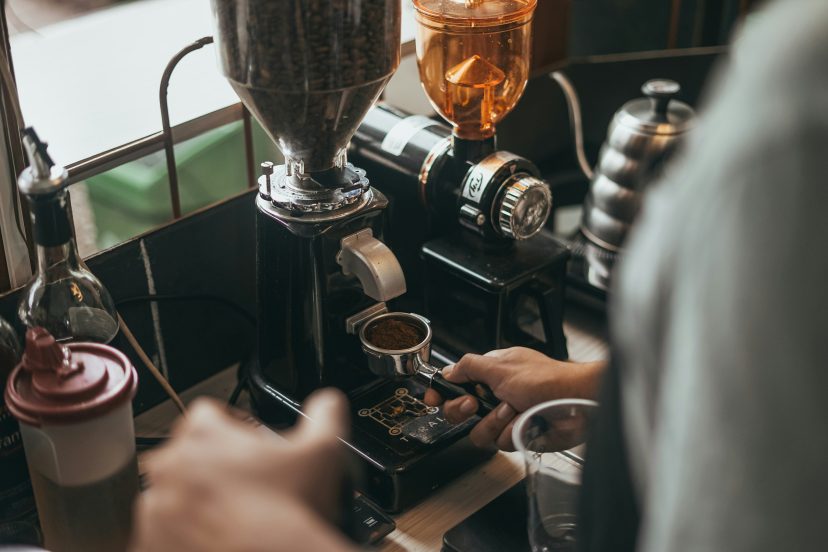
Mold-Free Organic Coffee Matters
While comparing light roast vs. dark roast coffee, one factor often overlooked is mold contamination. Low-quality beans can contain mycotoxins that impact both flavor and health. For coffee drinkers who prioritize purity, organic, mold-free beans are the way to go.
That’s why many enthusiasts turn to organic, mold-free options for peace of mind and a cleaner cup. Here’s a deeper look at mold-free organic coffee.
User Insights: What Coffee Drinkers Say
Many coffee lovers agree that light roast is best for exploring subtle flavors, while dark roast feels comforting and traditional. Online communities and review forums often echo one sentiment: try both. Just like wine, your taste can evolve over time, and you might find yourself enjoying different roasts depending on the day.
Conclusion
When it comes to light roast vs. dark roast coffee, the choice depends on what you want from your cup. Light roast is perfect if you crave brightness, fruitiness, and complexity. Dark roast is your match if you prefer bold, smoky flavors and a more traditional profile.
The key takeaway? Neither is “better”—they’re simply different. Try both, experiment with brew methods, and let your taste guide you. The best cup of coffee is the one that makes you look forward to tomorrow’s brew.
FAQs
Does light roast pack more strength than dark roast?
Not in flavor—light roast is brighter and more acidic, while dark roast tastes bolder and more intense.
Which roast has more caffeine?
Light roast usually contains slightly more caffeine, though the difference is small.
What roast is best for espresso?
Dark roast is traditional for espresso, but light roast espresso is becoming popular among specialty shops.
Which roast is healthier?
Both have health perks—light roast preserves more antioxidants, while dark roast may aid metabolism.
How do I choose the right roast for me?
Consider your flavor preference. Try a light roast for brightness and a dark roast for boldness. Experiment with different brewing styles to see what you enjoy most.
